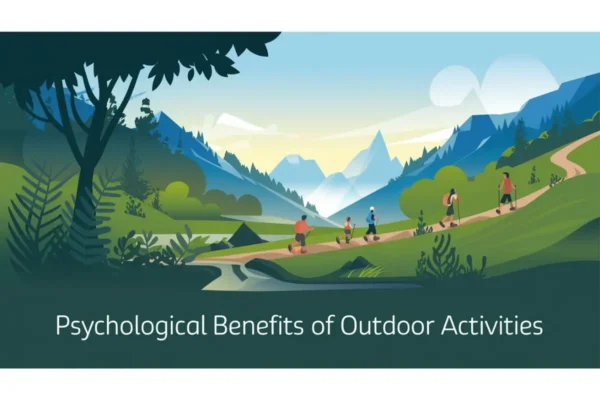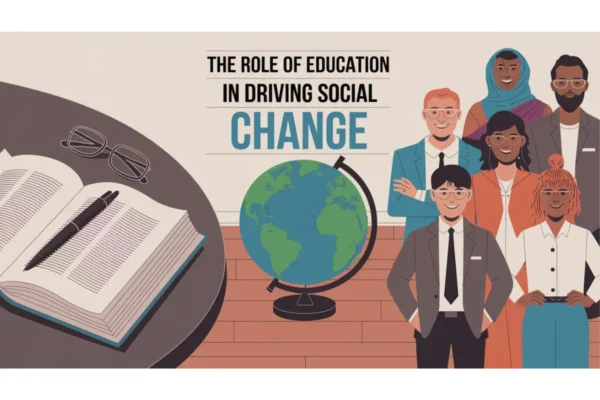Choosing the right insurance policy is more important than ever, given the wide range of options available and the importance of ensuring your assets and health are fully protected. Whether you are seeking coverage for your car, home, health, or life, understanding how to maximize your insurance benefits while minimizing your premiums is key to making the best choice. In this blog post, we will provide valuable insurance tips that help you get better coverage and achieve cost savings without compromising on protection. 1. Assess Your Insurance Needs Thoroughly Before you start shopping for insurance, it’s critical to evaluate your personal needs. Insurance is not one-size-fits-all, so understanding what type of coverage you need will prevent you from overpaying for unnecessary policies. 2. Compare Multiple Quotes from Different Providers The insurance market is competitive, with various providers offering different pricing and coverage options. Shopping around for quotes allows you to compare premiums and coverage features, ensuring you select the best deal. 3. Take Advantage of Discounts and Special Offers Insurance companies often provide discounts that can significantly reduce your premiums. From bundling policies to loyalty rewards, these offers can help you save money. 4. Consider Increasing Your Deductible Increasing your deductible (the amount you pay out-of-pocket before insurance coverage kicks in) is an effective way to reduce your monthly premium. However, it’s important to ensure that you can comfortably cover the higher deductible in the event of a claim. 5. Review and Update Your Policy Regularly As your life changes—whether through marriage, the birth of a child, or purchasing a new home—it’s important to revisit your insurance policies. Regularly reviewing your coverage ensures that your policy reflects your current needs and helps you avoid paying for unnecessary coverage. 6. Maintain a Strong Credit Score Your credit score can play a significant role in the rates you pay for many types of insurance, particularly auto and homeowners insurance. A higher credit score typically results in lower premiums, so maintaining a good score can save you money. 7. Consult with an Insurance Agent for Expert Advice If navigating insurance policies feels overwhelming, consulting an experienced insurance agent can be an invaluable resource. Agents can help you understand complex terms, recommend the right coverage for your situation, and assist with claims when necessary. 8. Understand the Terms and Conditions of Your Policy Before committing to any insurance policy, it’s essential to understand the fine print. Pay attention to coverage limits, exclusions, and any additional fees that might apply. Conclusion: Make Informed Insurance Decisions Securing the right insurance coverage is an essential step toward protecting yourself and your assets. By following these expert insurance tips, you can save money, avoid unnecessary coverage, and ensure you’re properly protected. Remember to assess your needs, compare quotes, utilize discounts, increase your deductible if appropriate, and consult with experts to make the best possible insurance decisions. Start by reviewing your current policies today to see where you can optimize your coverage and save on premiums.



















